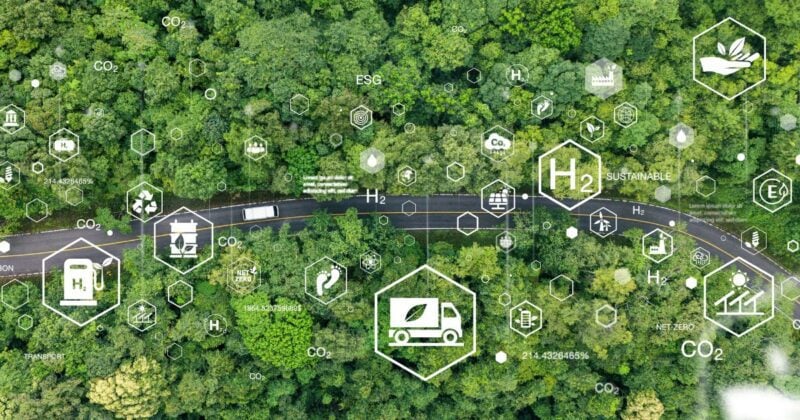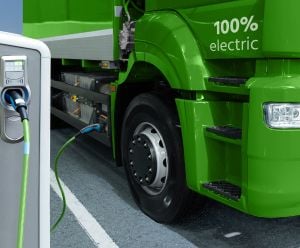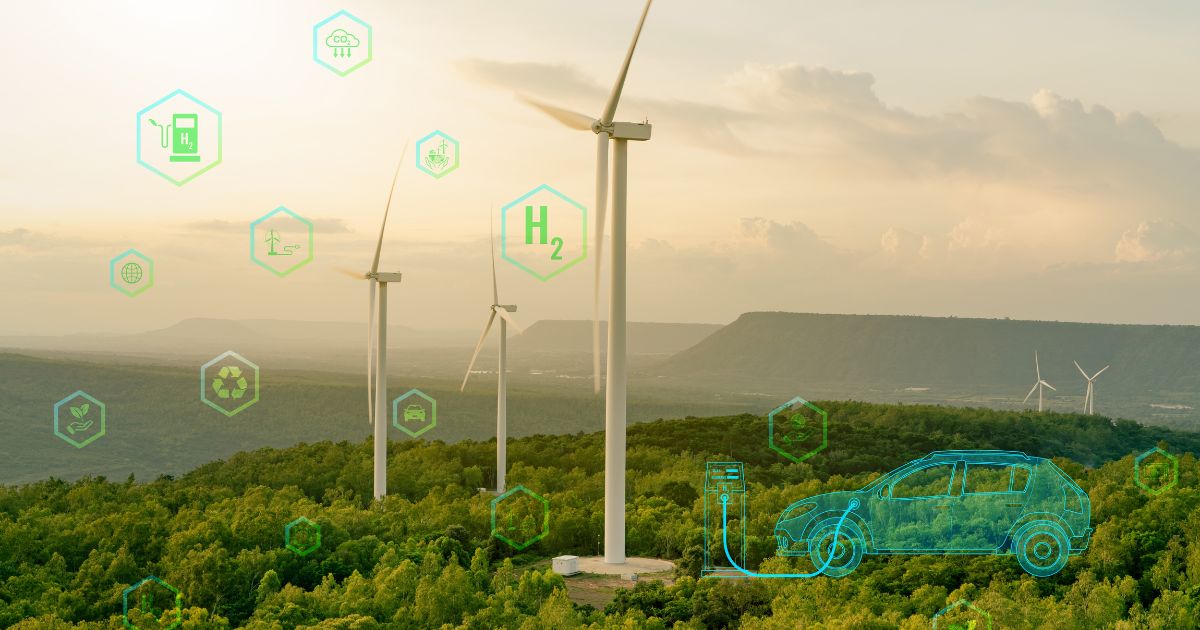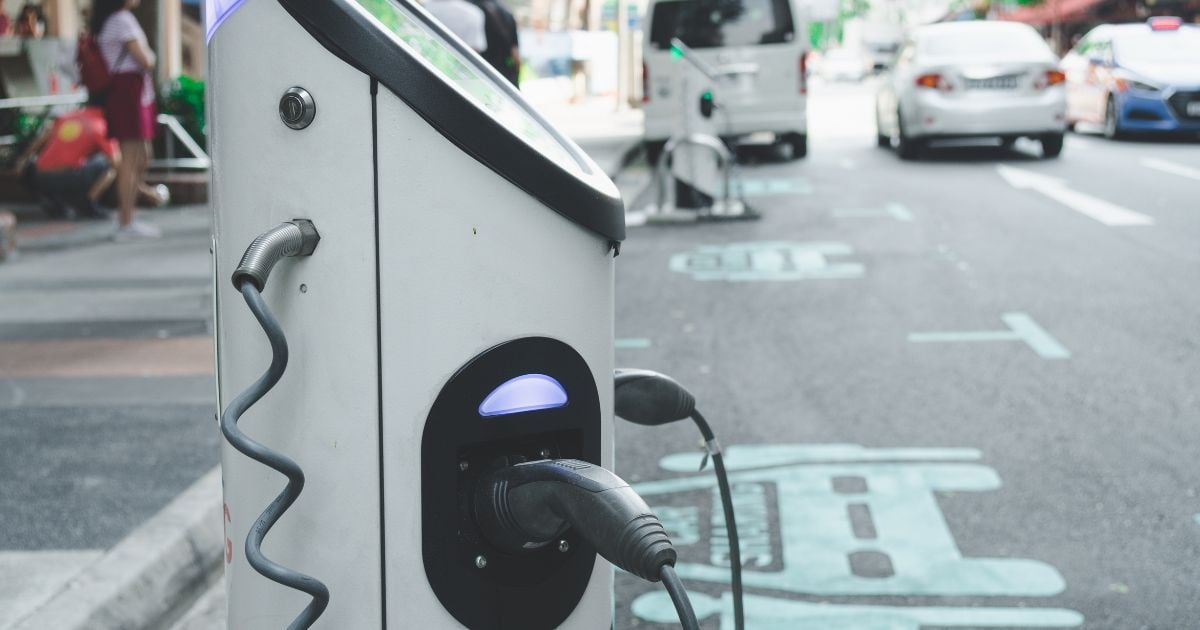
Road to redemption: How logistics can reduce its carbon footprint

Engines methodically humming and whirring, congested highways cloaked in fumes, sea vessels releasing wastewater into oceans – these have been the defining sights of global logistics transport across the sands of time.
But times have changed, and the world has begun to wise up to the environmental consequences of traditional logistics methods. The logistics industry is responsible for at least a quarter of the world’s carbon emissions, with the European Environment Agency projecting a sharp rise to 40 percent by 2050 if no effort is made to mitigate the problem.
Now more than ever, it is essential for the world to shift to sustainable logistics. With climate change continuing to present significant threats to our planet, ample measures must be taken to drive logistics on the sustainability highway.
The importance of building sustainability into transport networks
Shifting toward sustainable logistics is no mean feat. High initial costs aside, uniting all stakeholders under common goals is a challenging endeavor.
However, the cost of inaction is far greater. Global warming is at an all time high, advancing at 0.26°C per decade since records started. This number is set to increase rapidly well into the future, making it essential for the world to take countermeasures now.
Transitioning to more sustainable transportation yields several benefits, the first of which is the reduction of harmful emissions from fossil fuels.
On a more practical note, sustainable logistics are also economically viable for businesses. While the initial investment in options such as electric vehicles (EVs) and alternative fuels may be higher as businesses adapt to these new norms, they stand to reap many long-term economic benefits. In fact, governments are increasingly encouraging businesses to adopt sustainable practices through tax incentives, on top of the potential of reduced fuel costs and lower maintenance expenses by switching to sustainable options.
Meanwhile, the modern consumer prioritizes sustainability, choosing to align their lifestyle with businesses committed to protecting the environment. Thus, it is appropriate for businesses to incorporate sustainable practices into their operations, as this will reinforce their brand reputation and win customer loyalty.
Multifaceted endeavor
Building sustainability into logistics is a multifaceted endeavor that requires industry-wide innovation, collaboration, and commitment. Several key strategies have been and will continue to be deployed to bring about this change.
One such strategy that has gained a significant foothold is replacing traditional fuel-powered vehicles with electric vehicles (EVs). Electric trucks and vans, for instance, do not produce tailpipe emissions, which reduces their overall carbon footprint. Even the technology behind the batteries used to power these vehicles has undergone significant advancements, further driving down costs and increasing their range for logistics applications.
Beyond EVs and their batteries, governments have also implemented sound strategies to smoothen the electrification of their roads. These include building infrastructure like charging stations, and introducing the right policies and incentives to encourage their use.
Aside from EVs, logistics companies have optimized their transport routes and networks to reduce fuel consumption and emissions. By skillfully deploying advanced analytics and connected vehicle tools, businesses cut down on travel times and fuel consumption, in turn reducing their carbon footprint.
In addition, businesses have optimized the loads their vehicles carry, ensuring they carry the maximum amount of goods without exceeding weight limits. This allows for fewer trips, further cutting the fuel needed to transport goods.
Alternative fuels such as hydrotreated vegetable oil (HVO) have also been explored as viable options to reduce carbon footprints. Interwoven with existing fleet infrastructure, HVO serves as a “drop-in” biofuel replacement for traditional diesel — this means there is no need to build new equipment or engines to accommodate this new fuel to power transport vessels.
A concerted effort is needed to make the switch
Despite the manifold methods and benefits of sustainable logistics, making the switch is a complex challenge that requires multiple stakeholders—including governments, businesses, and consumers—to align and collaborate closely.
Governments are crucial in establishing the necessary regulatory frameworks and financial incentives to encourage sustainable logistics. Subsidies may be introduced for EV purchases, tax breaks could be offered to companies that deploy sustainable alternatives, and investments can be funneled toward EV charging infrastructure.
In conjunction with governmental efforts, the logistics industry itself is instrumental in greening logistics through best practices and innovation solutions. To this end, logistics companies should forge partnerships with technology providers, research institutions, governments, and other key players.
ALSO WORTH READING















 English
English